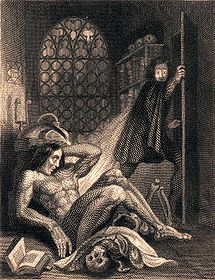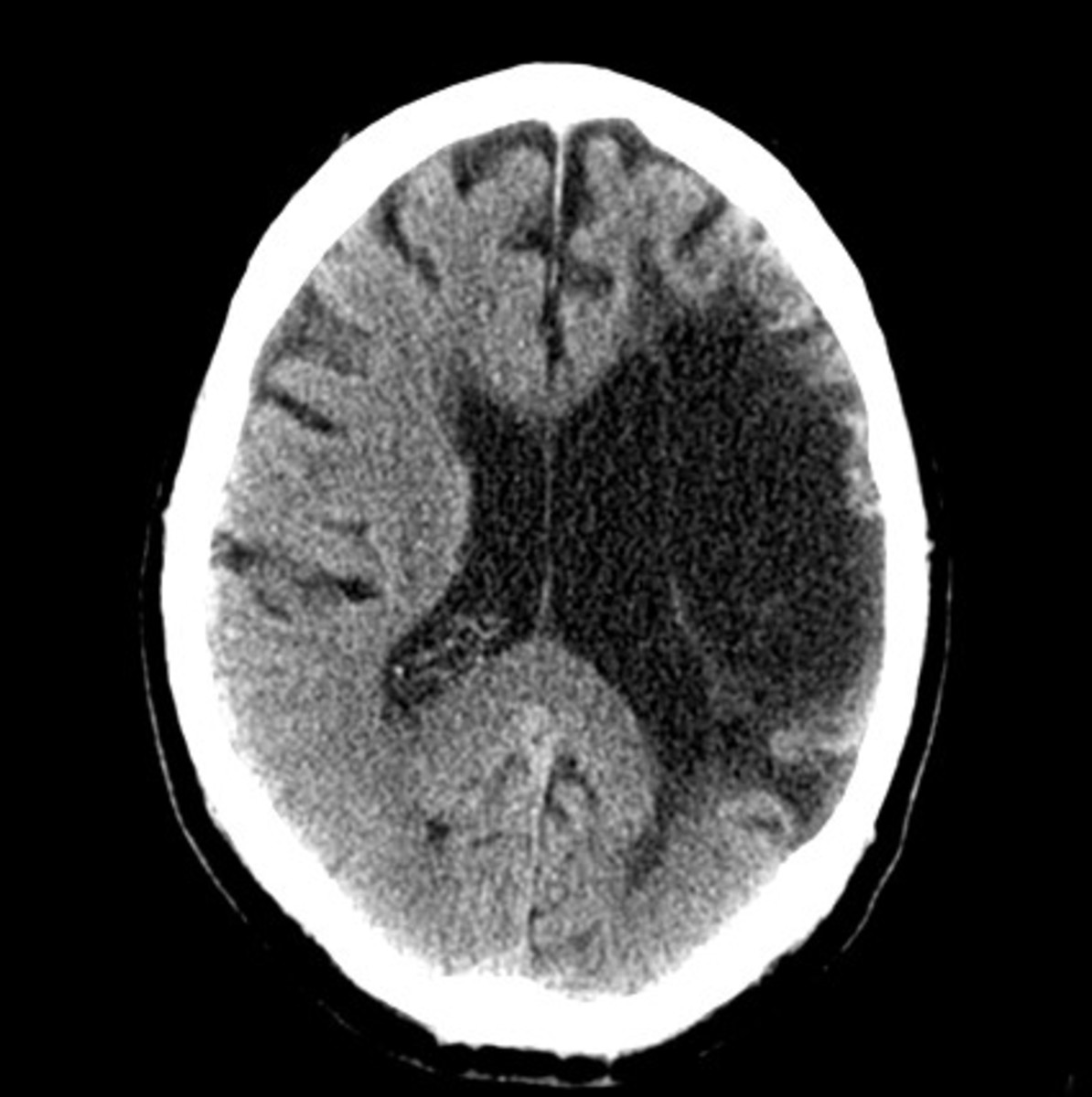The Ethical Dilemma of Human Reproductive Cloning

Mary Shelleys' “Frankenstein”
James Dewey Watson is an American molecular biologist, best known as one of the co-discoverers of the structure of DNA. In a 1971 article to the medical established, recently re-published– he wrote that “the embryological development of man does not occur free in the placid environment of a freshwater pond. Instead, the crucial steps in human embryology always occur in the highly inaccessible womb of a human female.”
This profound statement has been turned upside down with new reproductive technologies which has created unforeseen possibilities of experimental manipulation of the human reproduction process. Watson’s comment was based in part, on the technology of in vitro fertilization and did not include the newly discovered breakthrough in biotechnology – allowing the creation of a human by cloning. With this discovery he warned that human cloning was “a matter far too important to be left solely in the hands of the scientific and medical communities. He continues with the following statement “It appears to me most desirable that as many people as possible be informed about the new ways of human reproduction and their potential consequences, both good and bad”
The first so-called “DNA cloning” was performed in 1972 by Molecular Biologist Paul Berg who integrated and expanded a quimeric gene - a mixture of both bacterial and viral origin. Since then, Escherichia Coli (a Gram negative bacterium that is commonly found in the lower intestine of warm-blooded animals; vegetal cloning (largely used in agronomy since the mid-1960s), and animal cloning (from reptiles, fish and amphibian) have been instrumental in paving the way to the successful cloning of mammals since 1986, which cleared the way for human reproductive cloning, leading us to the scientists who vehemently oppose the practice
These scientists are from the Division of Obstetrics and Gynecology, School of Human Development, University of Nottingham, and Queens Medical Centre, Nottingham NG7 2UH, UK., in association with the scientific and clinical professional societies and associations covering the remit of Human Fertility. These scientific organizations voted to unanimously oppose the practice of human reproductive cloning. Their objections are backed by data collected from numerous studies in a range of animal species which suggests that;
1. Reproductive cloning results in a significantly high incidence of fetal defects.
2. A stillbirth rate typically of more than 90% and
3. A lack of adequate information on postnatal development.
These scientists want legal enforcement of the cloning ban and argue that such enforcement is necessary to protect the welfare of children, because children conceived through cloning could be born with birth defects. They feel that their concerns are valid and exacerbated by misconceptions about the current ability to screen pre-implantation embryos for 'cloning-induced' defects. As a result, the cloned human may develop significant birth defects leading to abuse and neglect, as characterized in the fictional story of Mary Shellys' Frankenstein.
The imagination of Mary Shelley in the authoring of “Frankenstein” depicts her understanding and respect for nature as a gift from God. Throughout the story, she depicts nature in terms of “sublime and magnificent scenes”, “unstained snowy mountain tops and glittering pinnacles.” The only reference to nature as a beast was during the creation of Frankenstein - the attempt by man to exclude God in creating a human without a woman.
Mary’s anxieties of child rearing, as a result of the death of her own children at birth, and questions of her commitment to a deformed child which she feared would not be loved, was expressed in Victor Frankenstein’s complete failure to parenting and nurturing his creation. For nine months Victor Frankenstein labored over the creation of his child and on a dreary November night he witnessed its birth which unexpectedly had many defects. His creation resulted in a child who’s appearance was so monstrous his own parent could not stand to look at him. Instead of reaching out to his child Victor rushes out of the room disgusted by the abnormality of his creation. When the child runs after him, seeking acceptance, Victor runs away in horror completely abandoning the child and all parental responsibility. He even wishes the child were dead. Frankenstein, like all infants was alleged to be born with a good heart which parental neglect hardened. He grows to represent the classic case of an abused child seeking love. As he grew, his mission to seek and share love resulted in the unfortunate death of an innocent little girl who simply wanted to trust him. His defects and his crime, labeled him a monster.
Despite his troubles he received an excellent education and gained a self consciousness, a sense of personal awareness at which point he began to isolate himself from humanity. After being rejected by those close to him including his father Victor Frankenstein, the DeLacey family, who educated him, and society, the creature (Frankenstein) abandons all good and lives out a course of vengeance against Victor Frankenstein by murdering those close to him which eventually leads Victor on a journey which destroyed both of them. Victor Frankenstein hoped his creation would be the source of a new species, the dawning of man’s ability to outwit God and create his own race of human beings absent of nature’s involvement. But ironically his creature evolves into a self-acknowledged Satan who swears eternal revenge and war upon his creator and the human race. The monster reflects that hell is an internal condition which is produced and increased through a birth defect, loneliness and isolation.
While the story of Frankenstein is a fictional one, it offers insight and reasoning of the opposing viewpoints on the issue of cloning. Scientists supporting the practice of cloning suggest that the fears of those opposing the practice are severely overstated. They cite that in most cases, human cloning will be used only as a type of fertility treatment, not to create a human being absent of nature’s involvement - and if human cloning does in fact turn out to be an unsafe and ineffective reproductive technique - resulting in children with severe birth defects, it is unlikely that couples wanting to have a child would consider this practice as a means of infertility treatment, knowing the risks. Even if a person had what most would consider "bad" reasons to clone-genetic selection such as eugenics, ego-mania, and so forth, that person would probably not attempt to clone a human being if the procedure was generally unsuccessful or tended to result in children born with birth defects, because these results would be counterproductive to the very reason for cloning in the first place.
Supporters of cloning believe that if the vital organs of the human body can be cloned, they can serve as backup systems for human beings. Cloning body parts can serve as a lifesaver. When a vital organ such as a kidney or heart fails to function, it may be possible to replace it with a cloned body organ. This group believes that human cloning can prove to be a solution to infertility for non fertile couples allowing them to produce children. It also offers the opportunity to reproduce a certain trait in human beings, producing people with certain qualities, and certain desirable traits. This group of supporters believe that the latest cloning technologies can prove helpful for the researchers in genetics offering additional help in combating a wide range of genetic diseases.
On the other side of the debate are non-supporters who vehemently believe that the cons outweigh the pros and they are vast including the fact that human cloning creates identical genes. It is a process of replicating a genetic constitution, thereby hampering the diversity in pure genes, lessening the diversity which weakens our ability of adaptation which is detrimental to the beauty that lies in diversity itself. While cloning allows man to tamper with genetics in human beings, it also makes deliberate reproduction of undesirable traits a very strong probability. They cite the fact that traits can not be isolated or segregated through the process and therefore, the possibilities of reproducing Frankenstein like humans becomes a major drawback - not to mention that the cloning of body organs might invite malpractices in the field.
This group believes that cloning human organs and using them for transplant is unethical and the practice omits the female involvement thus making human beings a man-made object! They believe that in cloning human beings themselves, technical and economic barriers must be carefully considered. Finally their concerns are that cloning will put human and animal rights at stake leaving society with a few critical unanswered questions such as; Will cloning fit into our ethical and moral principles? Will cloning eventually make man just another man-made being? Will it devalue mankind? Will it undermine the value of human life? Is cloning equal to emulating God? Is it absolutely risk-free? Will cloned organs be cost-effective?
The debate for and against Human Reproductive Cloning offers strong arguments from both sides which only time will resolve.







